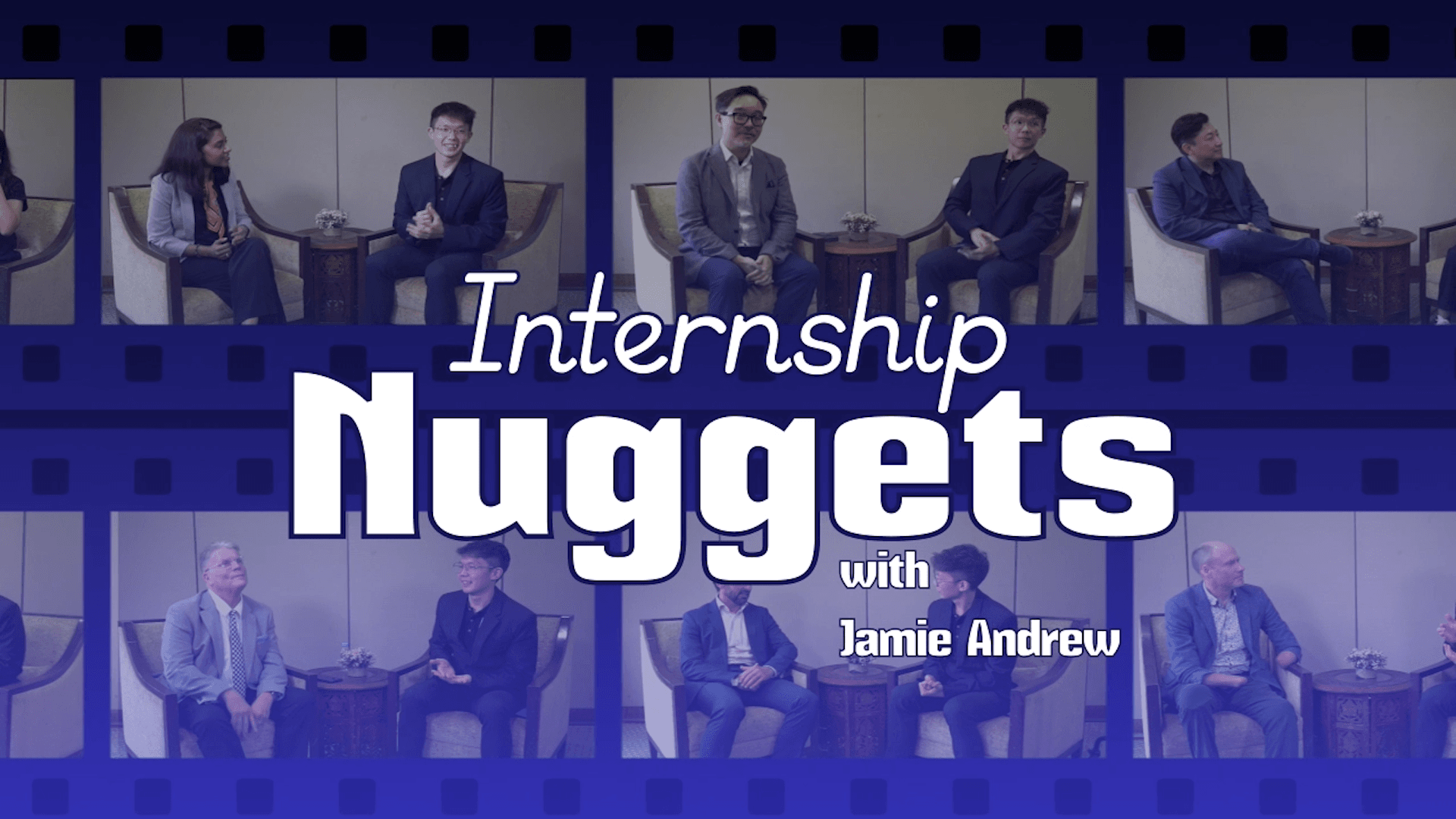Stop Going It Alone

Designed by freepik.com by @jcomp
History is filled with tales of courageous and decisive heroes. Individuals like Julius Caesar and Winston Churchill, for instance, have led from the front to guide their people through adversity and achieve ultimate success. This myth building is especially prominent in the business sector, with stories of inspiring CEOs parachuting in to rescue and revive troubled organisations.
But is a strong leader who takes a centralised approach to company strategy really the best thing for an organisation experiencing change? Based on research I conducted with Professor Russ Vince from the University of Bath, the answer may often be no. This was our conclusion after studying the emotions of members of the senior management team at KleanCo (name changed), an FTSE 100 company headquartered in Europe.
A decisive leader can have a positive, and sometimes rapid, impact during periods of transformation. But we found that the emotional stresses that such centralised authority places on the organisation, and specifically on those in top management roles, make it difficult to maintain long-term. The tensions such an approach creates typically lead to failure for either the company, CEO, or both.
At the time of our study, KleanCo was going through a period of transformation. A “rag bag of loosely coupled silos”, the multinational was confronting a shift from a position of market dominance to one of fierce competition. Declining performance had led to calls for radical change from stakeholders, and a boardroom coup ushered in the arrival of a new CEO tasked with halting the slide.
Our research, conducted over six years, saw us examine the emotional responses of the individuals involved, as the new leader looked to enact an aggressive turnaround strategy. What we discovered were four distinct stages or emotional reactions that the organisation’s top executives experienced in relation to the authority of the CEO: compliance, ambivalence, fragmentation and engagement.
The first phase was one of total compliance to the new leader’s central authority. Managers were completely dependent upon him. He bought emotional relief, especially as his strategy initially had positive results on the organisation’s performance. However, this quickly shifted towards ambivalence. Executives found themselves beginning to question the CEO’s authority as performance started to decline.
The CEO’s efforts to further streamline decision-making only served to upset existing and deeply embedded lines of authority. This resulted in heightened anxiety and fragmentation among the senior team as different factions competed to regain some of that lost authority. Ironically, the increasing resistance to the CEO’s authority ultimately resulted in greater engagement between board members and the top management team. They ended up clubbing together. Consequently, a shared enthusiasm for a more diverse and decentralised model of strategic leadership led them towards cooperation – which ultimately resulted in the CEO’s departure.
So, what could the CEO have done differently? And what lessons should other new CEOs or business leaders tasked with addressing a period of organisational change learn from this experience? I would suggest four key actions that could help avoid or mitigate going through the same turbulent emotional phases that the KleanCo team experienced.
You may like this: The Role Of Leadership Development During Organisational Change
1. Beware the desire to lead
A new leader doesn’t just want a compliant workforce, even if that might sound like a dream scenario. Rather than just take the lead and hope others follow, you need to make sure you have active buy-in for any plans for renewal. This is especially true when it comes to your top management team and key stakeholders. That doesn’t necessarily mean getting everyone on board for every decision. Not only is this challenging, it can risk slowing down the process and may even hint that you lack confidence in your decisions.
Make sure that you build coalitions of relevant individuals around critical issues. Ensure that the key people are on board with those decisions that directly impact them and their authority. In KleanCo, the management team was happy to hail the CEO as a saviour when things were going well. However, they were never really engaged with the underlying strategy and quickly became ambivalent towards his policy of cost-cutting and centralisation when results started to decline. He eventually became the scapegoat for the shared problems.
2. Read the room
While this might sound obvious, it’s certainly not a given. The fact that a new leader is taking over can often hint at the need for organisational change. However, while renewal might be required, it’s important that a leader doesn’t simply push ahead and impose their own solutions. They should take the time to listen to all the relevant stakeholders and get an understanding of what are the most pressing issues to fix.
What’s more, by listening first, new CEOs can better assess how the renewal process is going to impact the authority and emotions of individuals (and especially those in the C-suite). In the KleanCo case, the CEO failed to properly understand the emotional impact of his restructuring of authority. It caused fragmentation and infighting in the management team, and ultimately brought about his resignation. By taking the time at the start of the process, you can hopefully reduce the chance of anxiety and tension arising among the team later on.
Discover: Harness The Power of Influencers for Organisational Change
3. Harness team diversity
One of the challenges of having a strong or “heroic” leader is that they tend to take on the responsibility for all the decisions made and all the outcomes. This can cause individuals, even those in top management, to become ambivalent to the strategies being implemented. They become passive and silent bystanders to the transformation taking place.
In such cases, collective leadership becomes more salient, especially during periods of disruption and uncertainty. Diverse team membership brings novel ideas, different experiences and better social regulation of the stresses caused by change where a single leader cannot. Collective responsibility can create a network of relationships – a wider emotional safety net – than a single point of authority.
4. Celebrate milestones
Many organisations – especially multinationals, where teams are separated geographically as well as by work function – run the risk of falling back into self-organisation. This is especially true if there is conflict or resistance to the strategy being pushed by a leader they deem as remote or not serving their specific needs. This was the case at KleanCo, where the regional managing directors began to ignore the authority of the CEO. They shifted focus to their own siloed strategies and projects – sometimes to the detriment of the wider organisation.
This is a natural response to bad leadership (whether real or perceived) and can be seen happening again and again when there is resistance to proposed changes. However, celebrating milestones allows a leader to cultivate a sense or spirit of collective achievement and engagement with the changes taking place. These milestones can be directional – for example, celebrating the first steps towards a bigger transformational goal. The important thing is that they should occur on a relatively regular basis to retain that spirit of engagement.
In the same vein, it is also important to invest in real and symbolic celebrations. The truth is that small things matter a lot to people and cost very little to achieve. Giving positive feedback helps build confidence and create a sense of belonging, which are essential for a leader wanting to bring their organisation, and their people, with them through a period of transformation.
Effective leaders understand the importance of engaging with their staff and creating a positive work environment. That’s why I always tell leaders that the best thing they can do is to walk around and listen to staff. Showing that you care and respect them helps them care about and respect the organisation.
Rather than commanding from the front and imposing changes, true heroic leaders focus on building relationships and trust within their team. They make sure that people are empowered and engaged through every step of the transformational journey.
Edited by:Nick Measures

This article is republished courtesy of INSEAD Knowledge. Copyright INSEAD 2023.
Leadership
Tags: Executing Leadership, HR
Michael Jarrett is Professor of Management Practice in Organisational Behaviour at INSEAD. He is also Programme Director of the Strategy Execution Programme, one of INSEAD’s Executive Education programmes, and a programme director for the Executive Master in Change.





